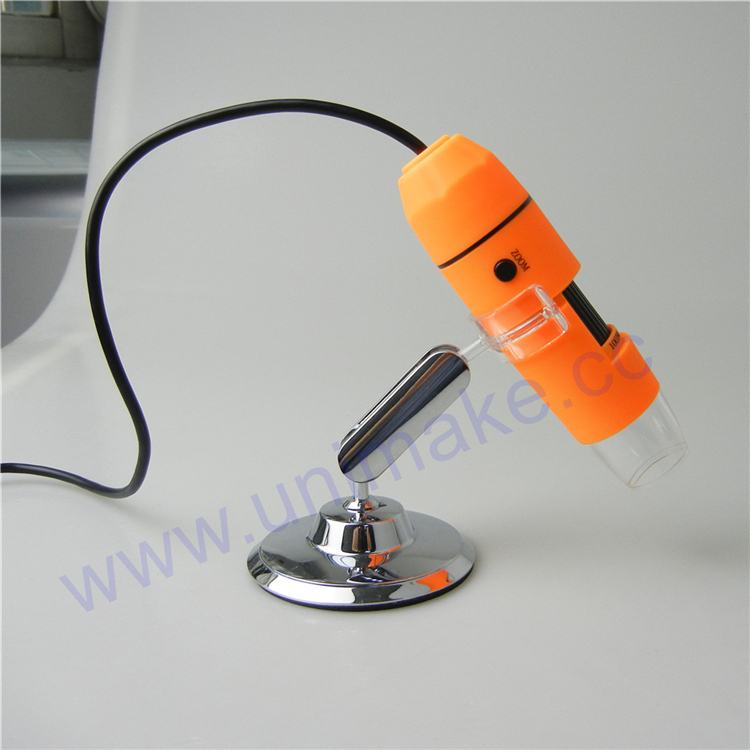

Filjm nahalenok cherez torrent. Fun with a QX5 digital microscope. A personal review. By David Walker, UK Notes on its use both as a toy, and with modification, its potential as a cheap imaging route for the microscopy enthusiast. Summary: As a toy: A great way of introducing the youngster to the world at the microscopic scale and digital imaging. The higher resolution sensor can give smoother results than the QX3. The LED's provide a cooler better colour balanced illumination. Works well for top lit subjects at all mags or bottom lit at 10x and 60x.
Cutviewer turn crack torrent. The time lapse is a particularly exciting feature. The bottom light isn't strong enough at 200x for best results but a modification can significantly improve them. For the youngster expressing a particular interest in prepared slides and higher mags, a student compound optical microscope which sell in a similar price range would offer superior results. The 'sample measurement tool' mentioned on the maker's website is apparently a hardware feature not part of earlier units, including the author's example. Well supported with third party student and teacher resources (written for the QX3). In the author's view, if introducing youngsters to the macro and microscopic world, a digital microscope should be a complement to, but not a replacement for, simple and easy to use optical microscopes and hand lenses. For the enthusiast: The QX5 offers a cheap, quick and easy way of achieving VGA images at 10x and 60x.
The Digital Blue QX5 Computer Microscope is several years old and was designed for these Windows operating systems: Windows 98SE Windows ME Windows 2000 Windows XP. Digital Blue Microscope The QX5 and the QX3 from Intel. Designed to introduce children to the world of microscopy, the Digital Blue Microscope melds learning with fun. The company has two microscopes, the QX3 which is now discontinued, followed by the QX5; both affordable models are computerized with a diverse number of functions.
At higher mags a compound microscope with digital eyepiece or webcam potentially offers superior results. Modifying the bottom lighting is worthwhile to improve transmitted light results especially at 60x and 200x. Exported videos are 640x480 but stills are downsampled to 512x384 if acquired / exported using the QX5 software. Third party software can acquire 640x480 stills via WIA support although the images benefit from being downsampled and post capture processed.
Ever since the Intel Play™ QX3 microscope was first released in Autumn 1999, it has become firmly established as a fun, affordable and educational toy to explore the world of microscopy. This is reflected in the extensive resources for teachers and students that have been developed for it and the enthusiasts of all ages sharing their experiences and images, (see below for a selection). The QX5 has recently been released in Prime Entertainment's 'Digital Blue™' product range which from the maker's website is based on a QX3 with significant upgrades to both hardware and software. (The QX3+ model released after the QX3 had a software update.) The stated upgrades are: • The sensor is now 640x480, (the QX3 sensor had 320x240 usable pixels interpolated to 512x384 pixels).
• The top and bottom lighting are now 'ultrabrite LED's' rather than tungsten bulbs. • Facilities to measure samples are included. • The video frame rate has been increased to 15 frames per second. Typical selling prices for the QX5 in Nov.2004 are £70 in the UK and $80 in the US (from Amazon websites).
Although marketed as a toy, the QX3 has also proved popular with some enthusiasts seeking a cheap route for digital imaging on the microscopic scale. So the author shares his impressions below of the QX5 'as is', but for fellow enthusiasts includes trials on improving the imaging.
The QX5 is attractively presented, well made and looks fun and 'cool'! The microscope is ca. 10.5 inches high.
- Author: admin
- Category: Category